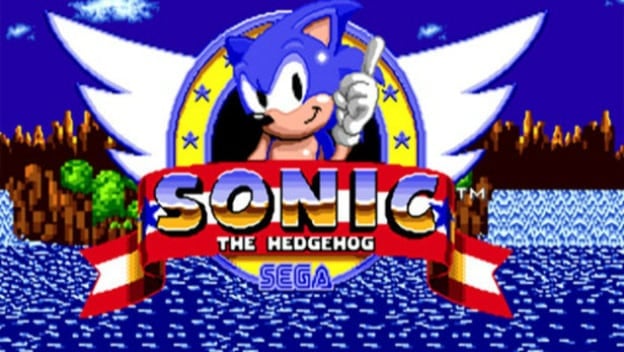For more than 30 years, the indisputable mascot of Sega has been Sonic the Hedgehog. Famously introduced as an attitude-rich counterpart to Nintendo’s family-friendly Italian plumber Mario, Sonic has gone on to spearhead an entire multimedia empire. Across games, comics, cartoons, and now motion pictures, Sonic is an instantly recognizable pop-culture icon. However, none of that would be possible without the “Blue Blur” having some of the most incredibly tight and polished platformers of the 16-bit era.
Across more than 25 titles and several generations of console hardware, Sonic games stand as a mixed bag. The original trilogy of titles for the Sega Genesis and the two entries on Sega Dreamcast are renowned as all-time classics, but the remaining entries run the gamut of quality between dizzying highs and terrible lows. Thankfully, the series seems to have course-corrected with the two most recent entries being critically and commercially lauded. There’s also a brand-new, 2D/3D entry headed our way later this year in Sonic Superstars.
Sonic the Hedgehog (1991)
- Released for Sega Genesis
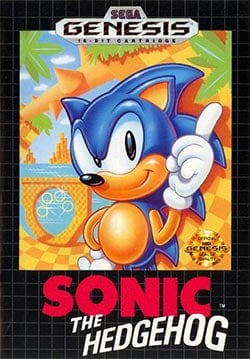
The game that started it all, Sonic the Hedgehog is a legendary action platform game from Sega and mastermind Yuji Naka. Despite sharing the same basic concept as several other Super Mario Bros. clones, Sonic differentiates itself through its sense of speed. Not only did the title represent one of the first 16-bit platformers, but its sense of speed and movement was unparalleled at the time.
Thanks to the ways that Sonic the Hedgehog clearly was a different beast from Super Mario Bros., the game was an instant success. Notably, Sonic almost instantaneously became Sega’s mascot and continued the company’s marketing in the West. What started with “Sega does what Nintendon’t” in print and TV ads ultimately culminates with Sonic’s trademark speed, attitude, and smirk representing Sega as the “rude dude” to Mario’s loveable, family-friendly mascot.
In terms of gameplay, the title sees Sonic traverse “zones” broken up into three levels or “acts”. Each zone is a different biome, culminating in a boss fight with Dr. Robotnik at the end. Action takes place on a 2D horizontal plane and Sonic must collect rings in order to withstand hits from enemies. After getting hit, Sonic has a brief amount of time to recover any lost rings, with a subsequent “zero ring” hit resulting in death.
Sonic the Hedgehog 2 (1992)
- Released for Sega Genesis
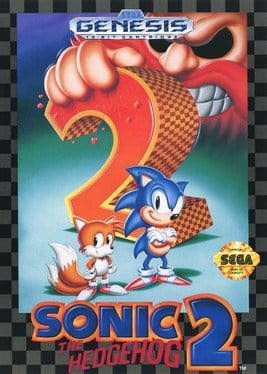
For all the ways that the original Sonic the Hedgehog revolutionized the platforming genre, perhaps no one was prepared for the impact of its sequel. Sonic the Hedgehog 2 is bigger and better by nearly every metric. Additionally, the title is one of the best platformers of all time, 16-bit or otherwise. Sonic 2 is notable for introducing Sonic’s sidekick Tails and featuring bigger stages, better graphics, improved music, and some of the first 3D-rendered stages in a 16-bit game. Its release in 1992 coincided with the title being used as a system pack-in for the Genesis.
Sonic CD (1993)
- Released for Sega CD
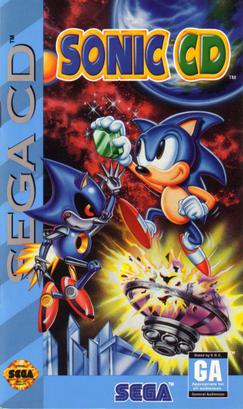
Originally conceived as a port of Sonic the Hedgehog for Sega’s new Sega CD peripheral, Sonic CD eventually blossomed into its own title different from the first two series games. The title is notable for retaining the core gameplay of Sonic and Sonic 2 but introducing a time-travel mechanic. Players can visit and revisit stages in the past, present, or future. Depending on which era players visit stages in, the music, layouts, and enemy placements change. Additionally, Sonic CD marks the first appearance of iconic characters Amy Rose and Metal Sonic.
Sonic the Hedgehog 3 (1994)
- Released for Sega Genesis
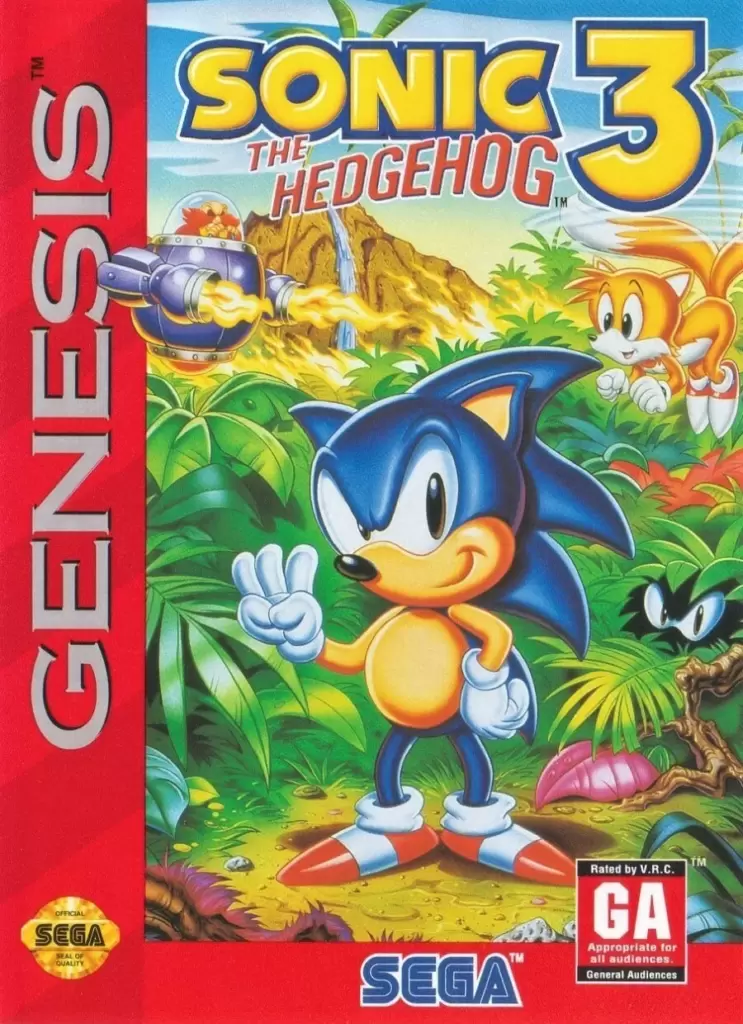
Sonic the Hedgehog 3 began life as the game that would eventually become Sonic 3D Blast, eventually changing back to a traditional Sonic game to release alongside Sonic & Knuckles. The final mainline Sonic game for the Sega Genesis, many consider the title to be the pinnacle of the series. Additionally, the marketing and pre-release for the game marked a considerable effort from Sega to see the game be successful in the West. As a result, Sonic 3 sold over 4 million copies, making it the most successful Sega Genesis game.
Sonic 3 and Sonic & Knuckles were originally intended to be a single release but were turned into separate games thanks to budget and time constraints. That said, the two games are often viewed as companion titles thanks to Sonic 3‘s introduction of Knuckles. However, in Sonic 3 Knuckles is on the side of Dr. Robotnik, wheras Sonic & Knuckles see players able to conrol Knuckles as an ally.
Sonic & Knuckles (1994)
- Released for Sega Genesis
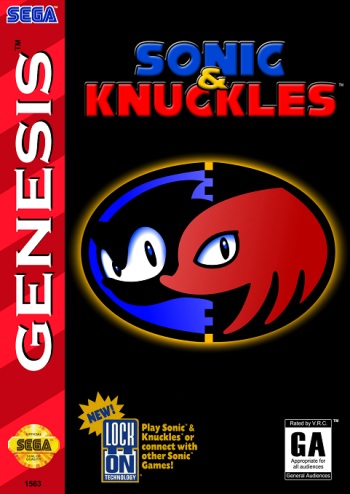
Sonic & Knuckles is a standalone game that returns to the horizontal platforming gameplay of the Sonic the Hedgehog series. For the first time, players need to switch off between Sonic and his new ally Knuckles, first introduced as an antagonist in Sonic the Hedgehog 3. The title is famously the only Genesis cartridge to feature the Lock-On technology, using the special cartridge and connecting other Sonic titles provides various bonuses. Players can connect Sonic 3 and play the game as Sonic 3 & Knuckles as it was originally conceived. Additionally, players can connect Sonic 2 and play as Knuckles in several iconic stages from the game. Combined with Sonic 3, Sonic & Knuckles is one of the most successful Genesis games ever released.
Sonic 3D Blast (1996)
- Released for Sega Genesis, Sega Saturn, and PC
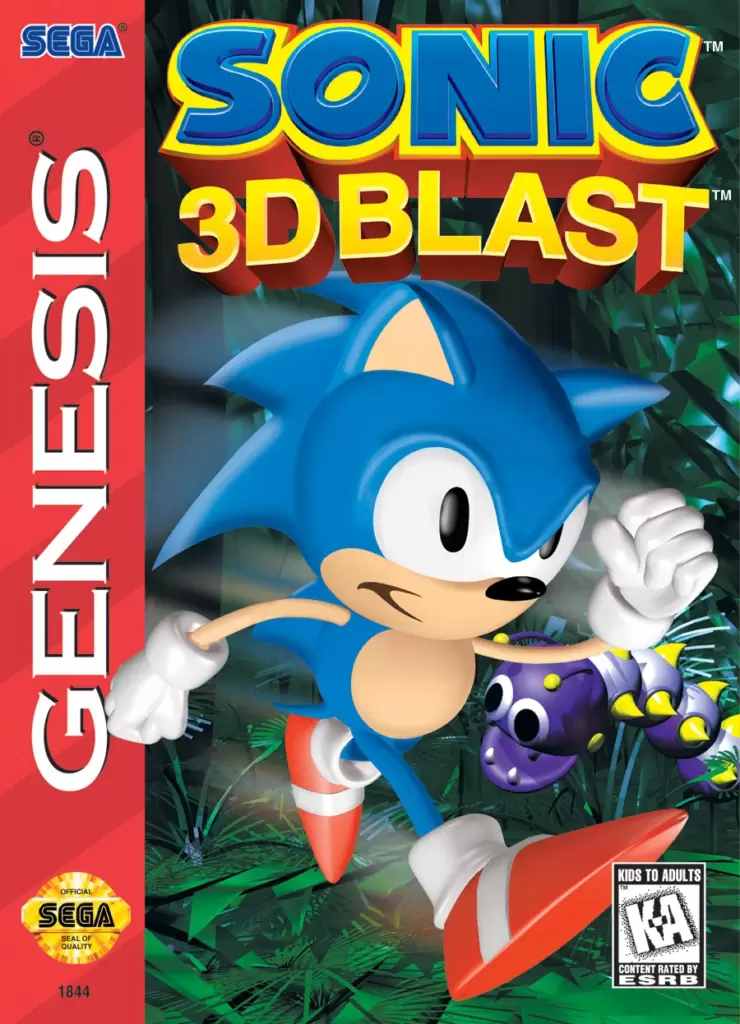
One of the last titles to release for the Sega Genesis, Sonic 3D Blast is actually a port of a cancelled Sega Saturn Sonic game — Sonic X-treme. Unlike other Sonic games, the action takes place from an isometric viewpoint. However, outside of this perspective shift Sonic 3D Blast still carries over much of the DNA from the mainline Sonic games. The title’s success inspired Sega to port the game back over to the Sega Saturn with improved graphics and performance. Sonic 3D Blast is a unique title in the series as the first in the franchise to attempt full-3D.
Sonic Adventure (1998)
- Released for Sega Dreamcast
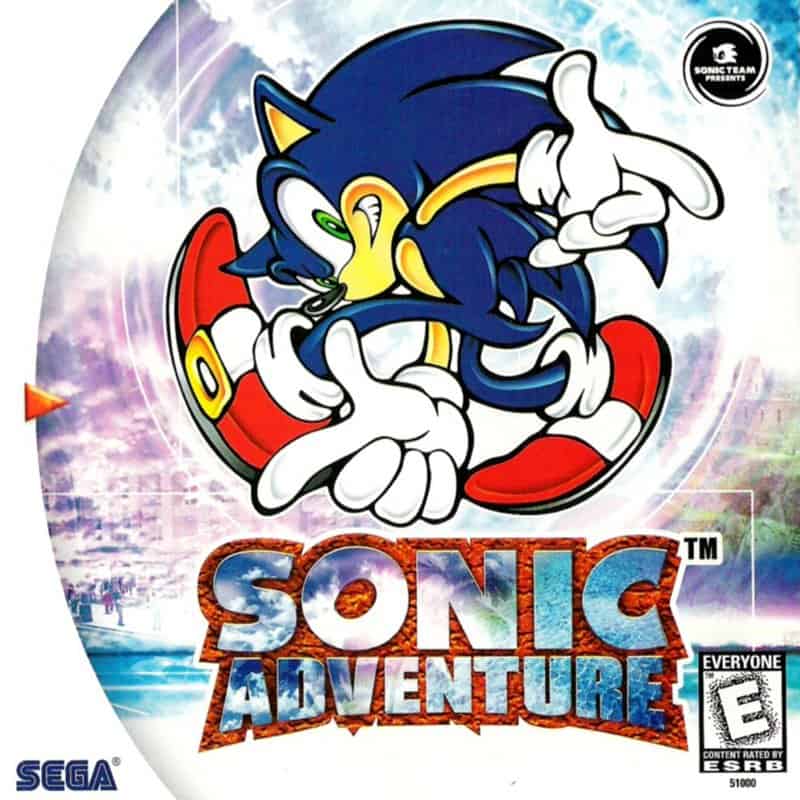
A launch title for Sega’s ill-fated Dreamcast system, Sonic Adventure is an incredibly important game in the franchise. As the first full-3D Sonic game, Sonic Adventure faithfully translates the gameplay of the original titles into the third dimension while also giving Sonic himself more options for combat. The end result is a game that straddles tradition and innovation, giving fans the best of both worlds in the process. Adventure is widely regarded as one of the more important games in the platforming genre.
Sonic Adventure 2 (2001)
- Released for Sega Dreamcast
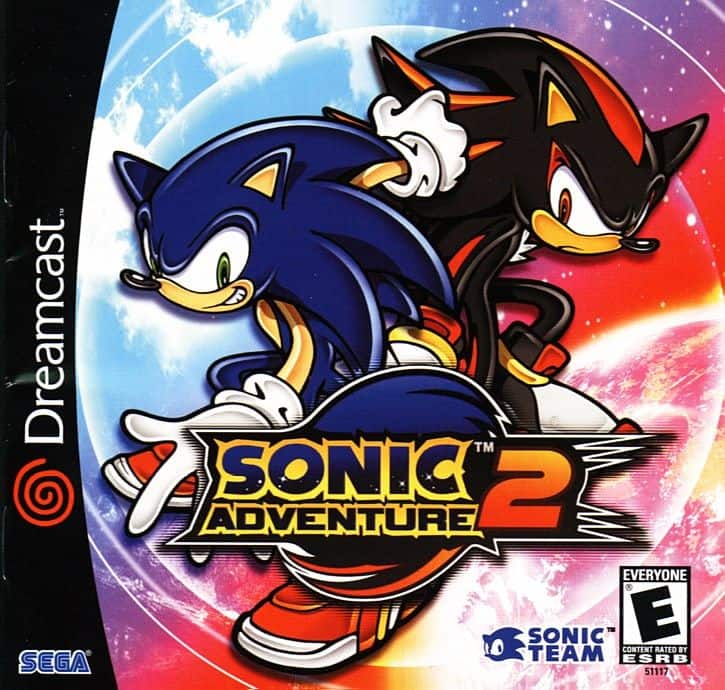
Releasing alongside the franchise’s 10th anniversary, Sonic Adventure 2 is the direct sequel to Sonic Adventure. Despite featuring much of the same gameplay as its predecessor, Adventure 2 is much more action-oriented. The title also marks the first appearance of Shadow the Hedgehog. In addition to its critical and commercial success, Sonic Adventure 2 is noteworthy as the first Sonic game to receive a port to a Nintendo console.
Sonic Adventure 2: Battle (2001)
- Released for Nintendo GameCube
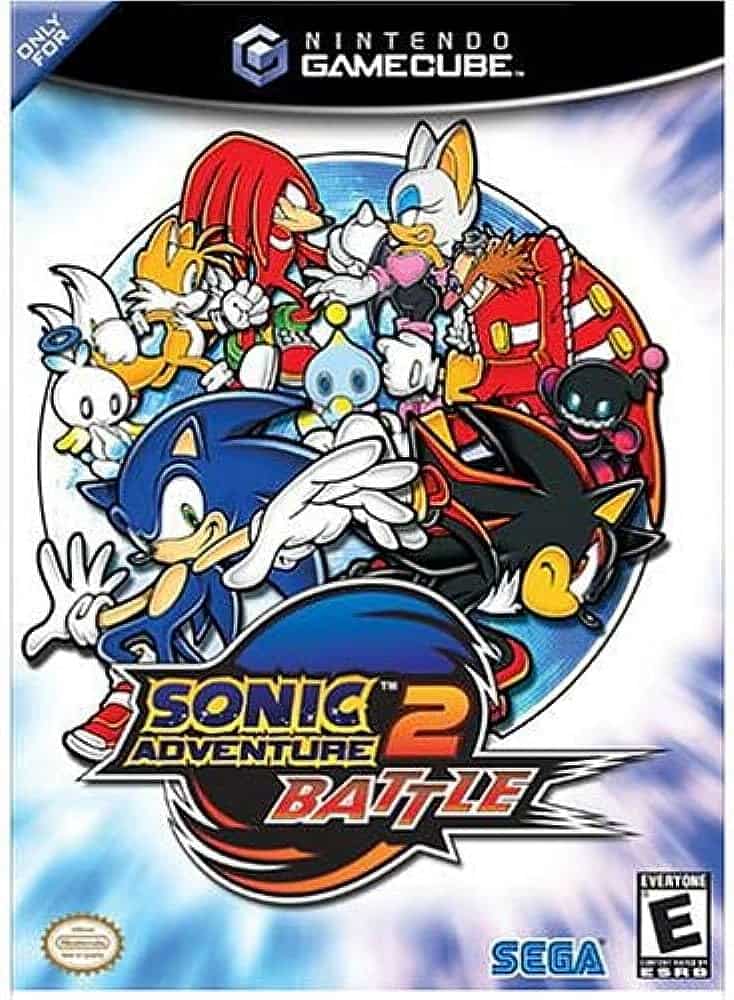
A port of Sonic Adventure 2 for GameCube, Battle is the first mainline Sonic game to come over to a Nintendo platform. In terms of its gameplay, the title is mostly identical to the Sega Dreamcast version despite some visual differences. The GameCube hardware proves to be slightly more powerful, allowing for more detailed textures and additional geometry. Additionally, Battle adds new characters and abilities to the multiplayer mode.
Sonic Advance (2001)
- Released for Game Boy Advance
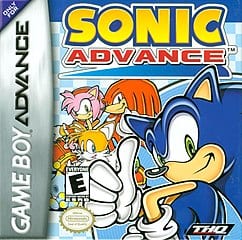
Sonic Advance is the first in a trilogy of 2D Sonic games released for the Game Boy Advance. Even though the game takes its primary inspiration from the original Sonic the Hedgehog games, several elements from Sonic Adventure carry over. Sonic Advance reintroduces the classic Sonic gameplay of traversing across 6 zones, each split into acts and featuring a boss at the end. The title was well-received and a commercial success, becoming one of the best-selling GBA games at the time and spawning two sequels.
Sonic Advance 2 (2002)
- Released for Game Boy Advance
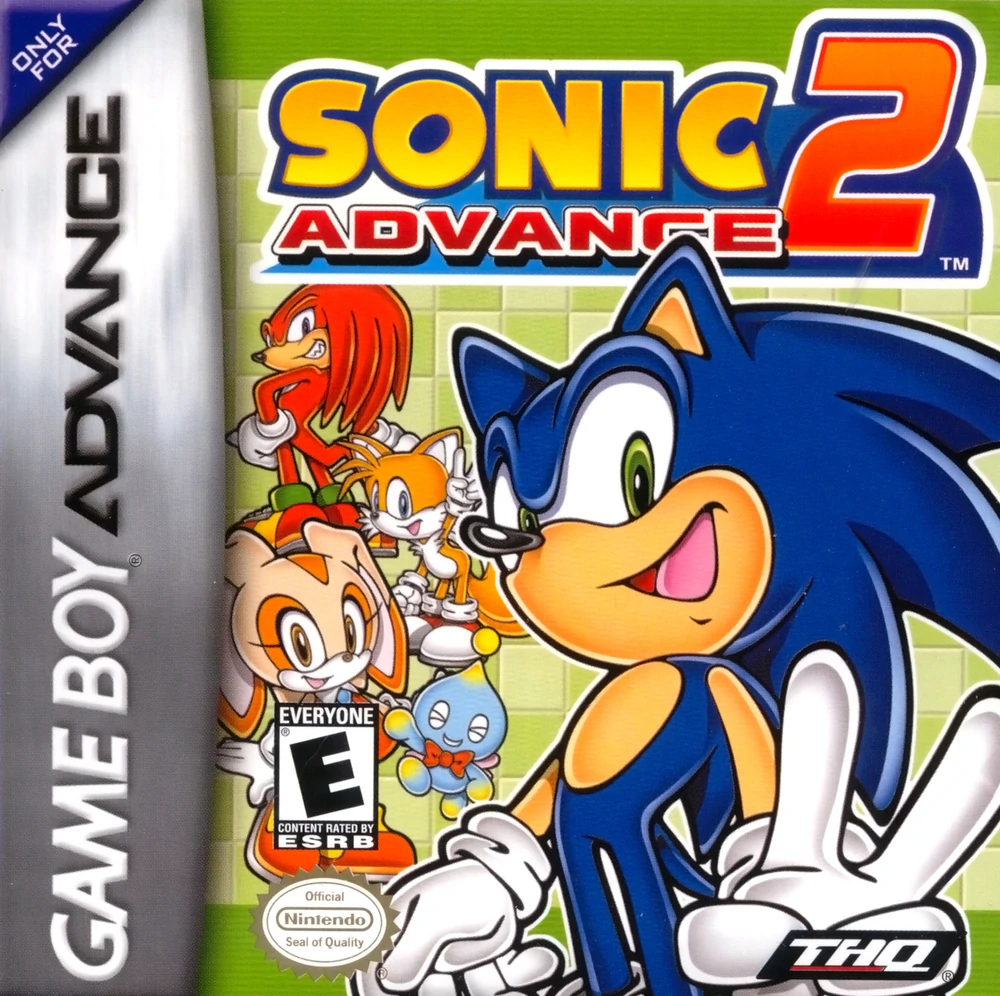
A major improvement over its predecessor, Sonic Advance 2 takes the foundation of Sonic Advance and builds upon it. Players can assume the role of Sonic and up to 5 other playable characters, adding significant replay value to the title over past entries. Critics noted that the title makes better use of the GBA hardware as well, featuring improved visuals and controls over the first game in the series. Sonic Advance 2 would also prove to be a commercial success, selling over a million copies worldwide. The title also has served as the basis for several fan-made Sonic games and ROM-hacks.
Sonic Mega Collection (2003)
- Released for Nintendo GameCube
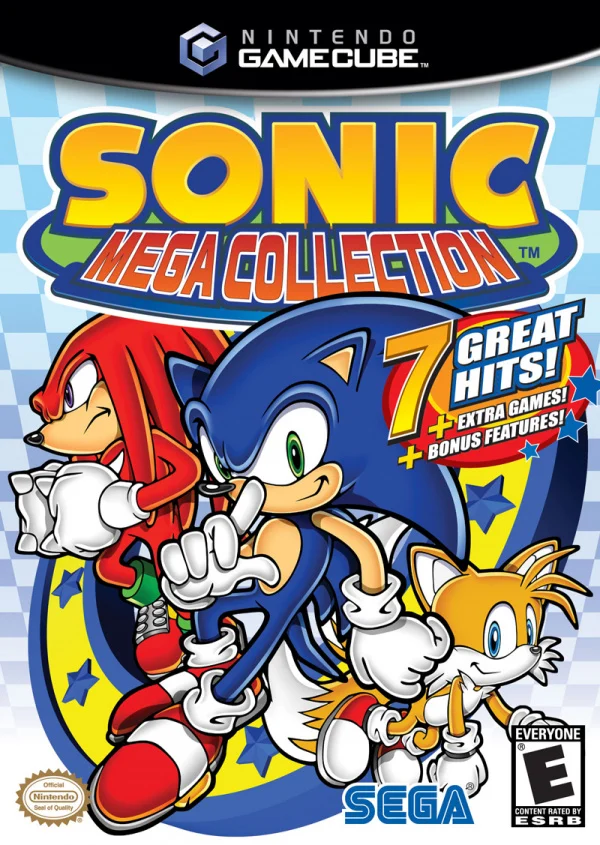
One of the best anthoologies to release on 6th generation hardware, the Sonic Mega Collection packages all 7 of the original Sonic games for Genesis. Additionally, players can unlock both other Sega titles as well as versions of the games using the Sonic & Knuckles “Lock-On” technology. Beyond the games that the title includes, fans can browse through hundreds of digitized photos and video documenting Sonic across various forms of media.
Sonic Heroes (2003)
- Released for GameCube, PC, PlayStation 2, and Xbox
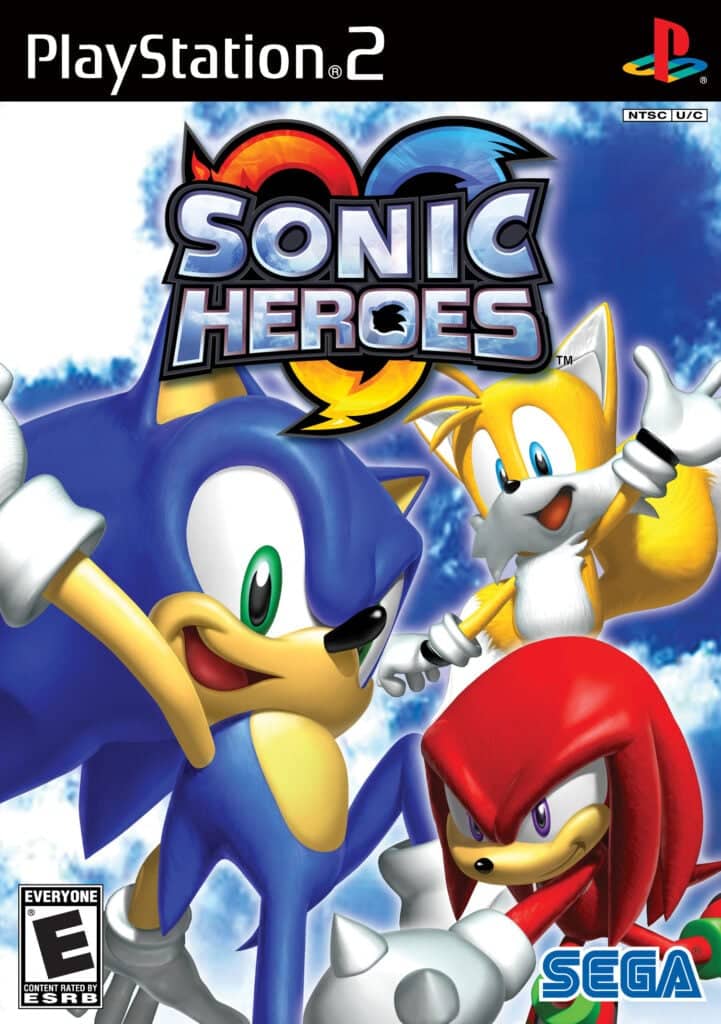
The first multi-platform release to feature Sonic, Sonic Heroes is a 2003 platform adventure. The title abandons the new gameplay elements of Sonic Adventure in favor of harkening back to the series’ origins. Despite following the original template of collecting rings across zones and battling bosses, Sonic Heroes is not in 2D. Instead, the game still uses full-3D characters and environments but adopts classic Sonic gameplay. Despite widespread commercial success the title received mixed reviews from critics.
Sonic Mega Collection Plus (2003)
- Released for PC, PlayStation 2, and Xbox
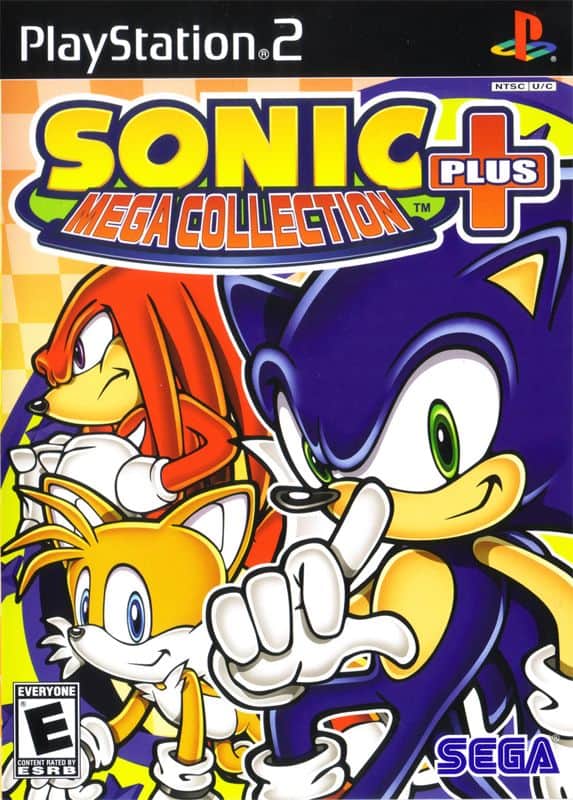
A port of the Sonic Mega Collection to the PlayStation 2 and Xbox, Mega Collection Plus contains several bonus titles. In addition to the 14 games from the original release, players now have access to all of the Game Gear Sonic titles. The game’s release as a $19.99 budget title helped it garner incredibly positive reviews. Additionally, sales were very strong, with nearly 3 million units sold on PS2 alone.
Sonic Advance 3 (2004)
- Released for Game Boy Advance
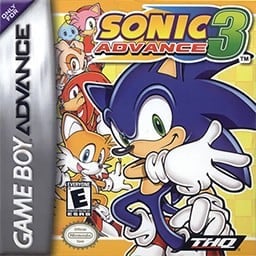
The third and final title in the GBA Sonic games, Sonic Advance 3 would be the last 2D Sonic for some time. Largely similar to both of its predecessors, Sonic Advance 3 is a fast-paced horizontal platformer. Gameplay mirrors that of the classic Sonic titles but with the added bonus of teaming up with unlockable characters. Sales and critical reception to the title were strong, with some praising Sonic Advance 3 as the better option for “classic” Sonic gameplay over Sonic Heroes.
Shadow the Hedgehog (2005)
- Released for GameCube, PlayStation 2, and Xbox
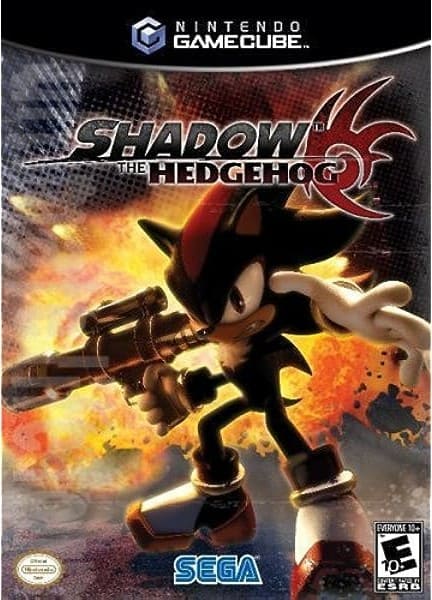
Thanks to the character’s popularity and inclusion in Sonic Adventure 2 and Sonic Heroes, it was only a matter of time before Shadow the Hedgehog got his own game. That title arrived in 2005 with the release of Shadow the Hedgehog. The title is notable for abandoning what many would expect from a series game in favor of focusing on third-person shooting and epxloration. Unfortunately, this departure form the established formula of Sonic titles would prove to be a misstep. Shadow the Hedgehog holds some of the lowest critic scores of any game in the series.
Sonic the Hedgehog (2006)
- Released for PlayStation 3 and Xbox 360
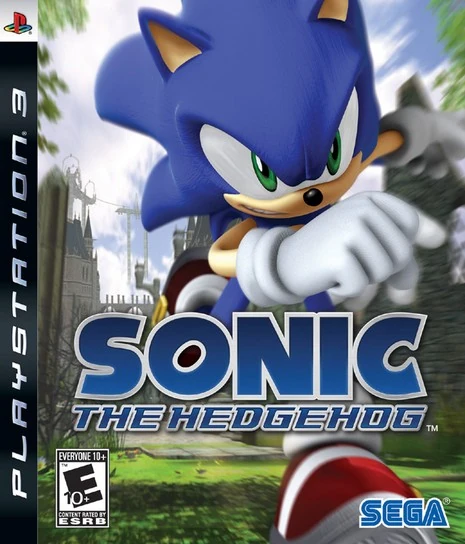
Sonic the Hedgehog, otherwise known as Sonic ’06, is the first series title on 7th generation hardware. Originally envisioned as a cinematic take on the characters and gameplay akin to superhero movies at the time, the title takes many of the elements introduced in Sonic Adventure and expands on them. Players have the chocie between three different characters, each with their own campaigns. Gameplay is in full-3D and focuses on exploration and combat as much as platforming. Despite initial positive reception in preview builds, the final release received negative critic reviews and was largely panned.
Sonic and the Secret Rings (2007)
- Released for Nintendo Wii
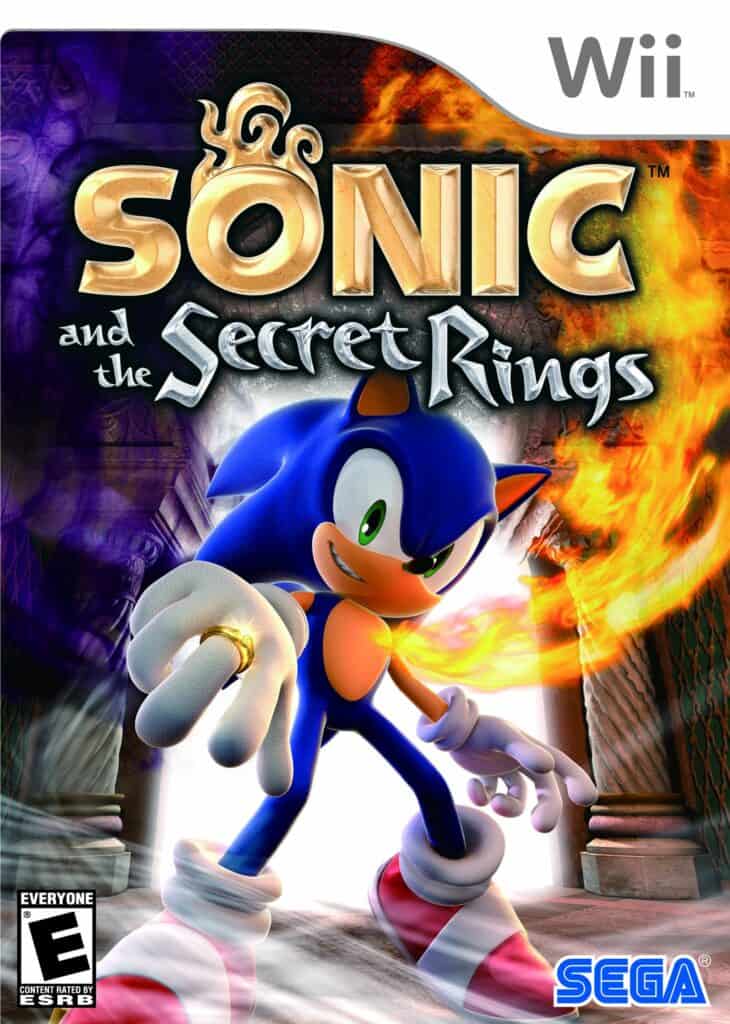
Sonic and the Secret Rings is the first of several series titles to arrive on the Nintendo Wii. The game was part of a split development with Sonic ’06, with members of Sonic Team divided between the two titles. Secret Rings is a 3D platformer similar to Sonic ’06 but is on-rails instead of featuring open-ended exploration and hub worlds. Critics awarded the title mixed reviews, with some praising the game’s return to form when compared to more recent series titles.
Sonic Unleashed (2008)
- Released for PS2/PS3, Wii, Xbox 360, and Mobile
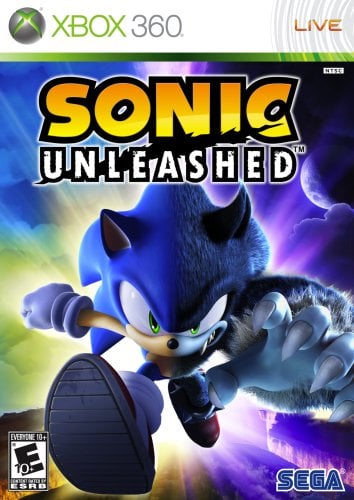
Featuring maybe the most off-the-wall plot of any Sonic game, Sonic Unleashed is yet another commercially successful but critically-panned Sonic title. After Dr. Robonik destroys the world with a laser and unleashes an ancient evil known as Dark Gaia, Sonic becomes a “Werehog”. Sonic’s transformation into a werewolf/hedgehog hybrid splits the game into distinct day and night sections. During the day, gameplay is fast-paced and more like a traditional Sonic title. Then, at night, levels become slower-paced and more action-focused.
Sonic & Sega All-Stars Racing (2010)
- Released for Nintendo DS, PC, PlayStation 3, Wii, Xbox 360, and Mobile
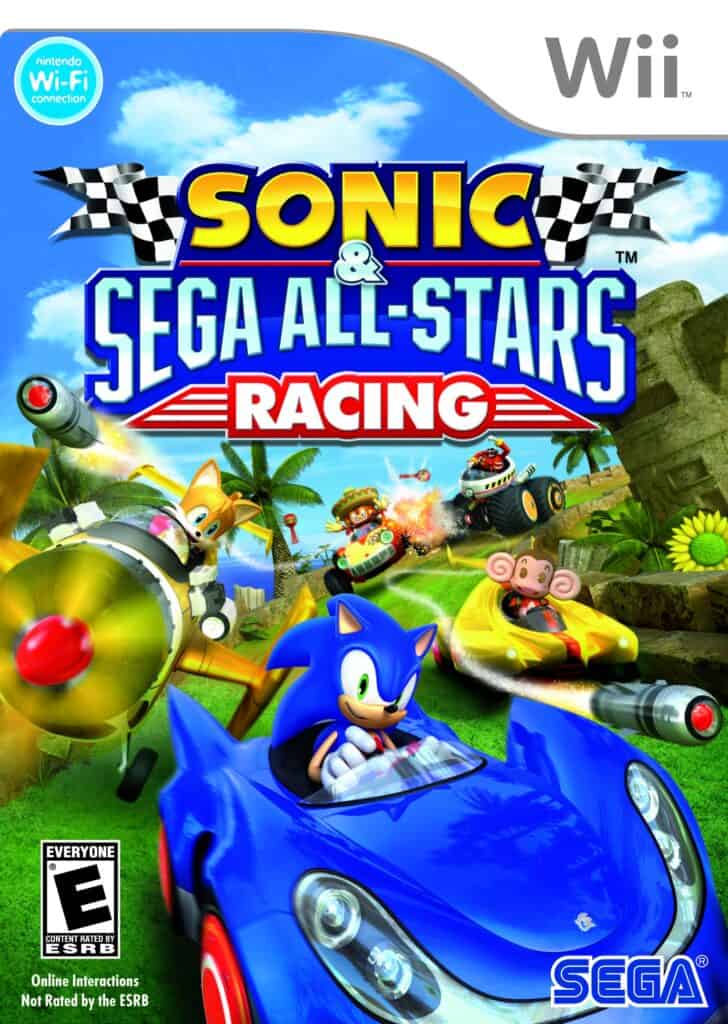
Both of the Sonic racing titles are mascot kart-racers in the same vein as Mario Kart. While many of these kart racing titles are little more than cash-ins on a character’s popularity, the Sonic & Sega All-Stars titles position themselves as both being competent and enjoyable racing games. Featuring a slew of characters and locations from the Sonic universe as well as nods to other classic Sega characters, Sonic & Sega All-Stars Racing is a great title that performed well both critically and commercially.
Sonic Colors (2010)
- Released for Nintendo DS, Nintendo Switch, PC, PlayStation 4, Wii, and Xbox One
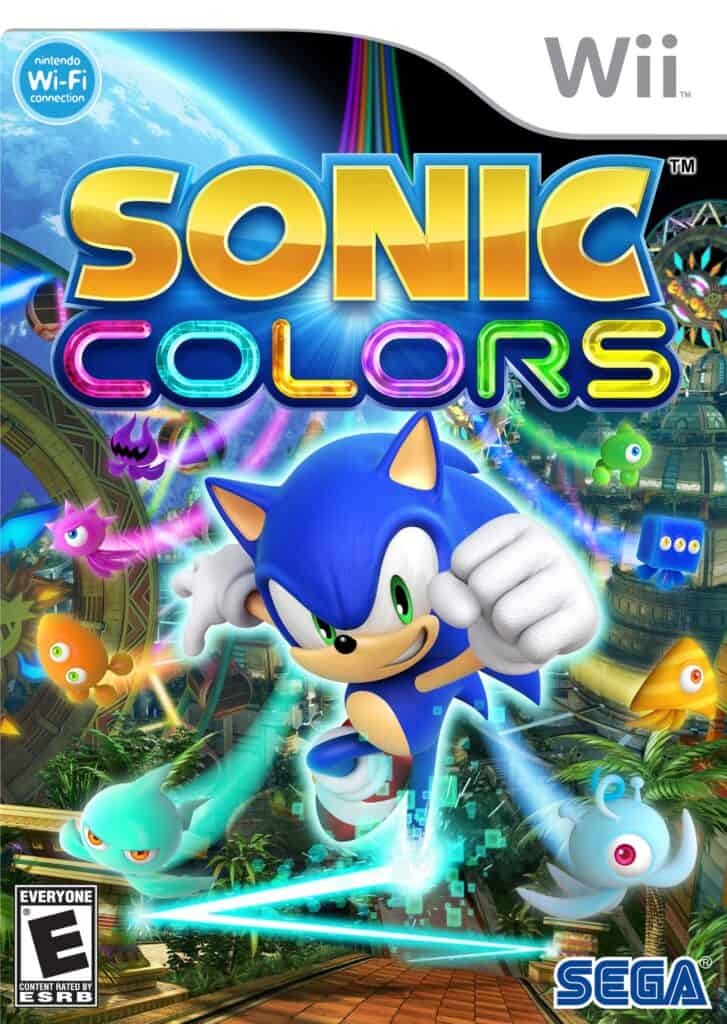
Viewed by many as a return to form for the series, Sonic Colors rights the wrongs of its predecessors by focusing on the core Sonic experience. The developers intentionally wished to create a new series title harkening back to the gameplay of the Genesis entries and to restore faith in the Sonic franchise as a whole. The experiment proved successful, with Sonic Colors receiving the highest review scores of any recent series title. Gameplay switches between full-3D third-person exploration and platforming and more traditional 2D side-scrolling stages. A re-release arrived on the Switch and other 8th generation consoles in 2021 for Sonic‘s 30th anniversary.
Sonic Generations (2011)
- Released for Nintendo 3DS, PC, PlayStation 3, and Xbox 360
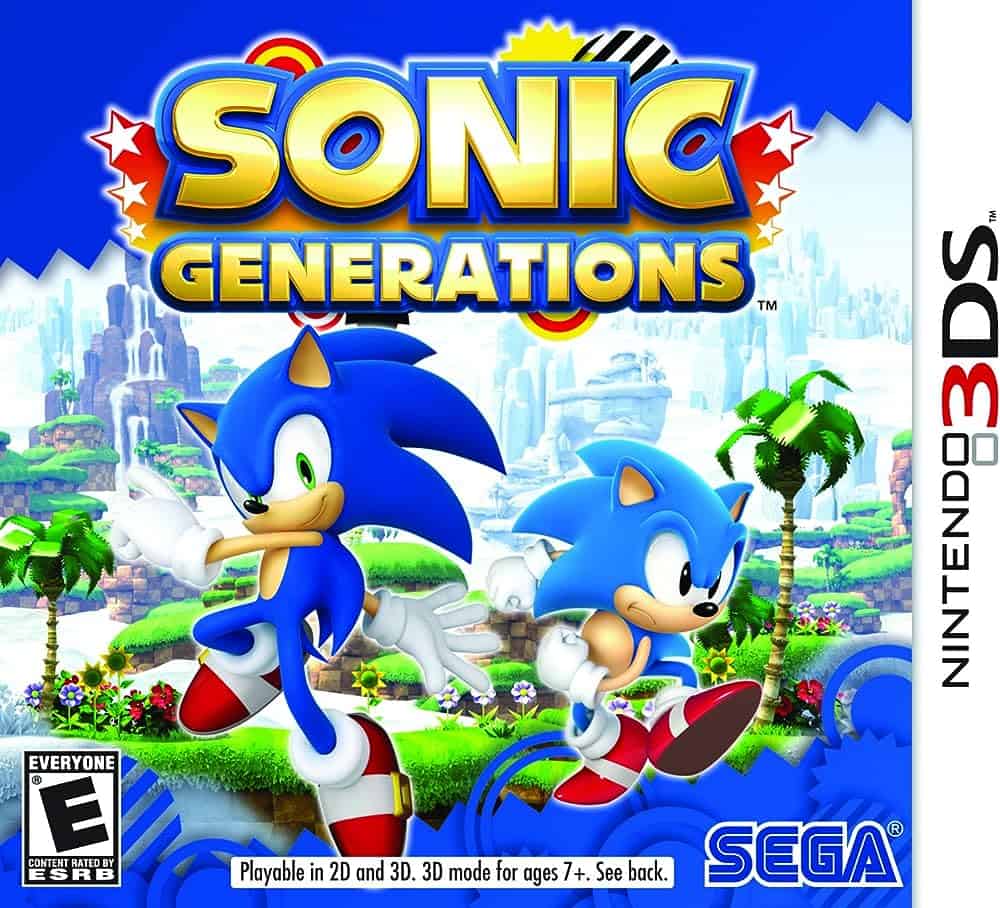
Similar to Sonic Colors, Generations mixes 2D and 3D gameplay to provide an experience that brings both classic and modern series titles to mind. Players have two modes to choose from, either “Classic” or “Modern”. As one would expect, “Classic” mode features horizontal side-scrolling stages. Conversely, the “Modern” mode is more similar to the 3D stages from Colors and Unleashed. Notably, the game features reworked versions of many iconic series locations and zones.
Sonic & All-Stars Racing Transformed (2012)
- Released for Nintendo 3DS, PC, PlayStation 3, PlayStation Vita, Wii U, Xbox 360, and Mobile
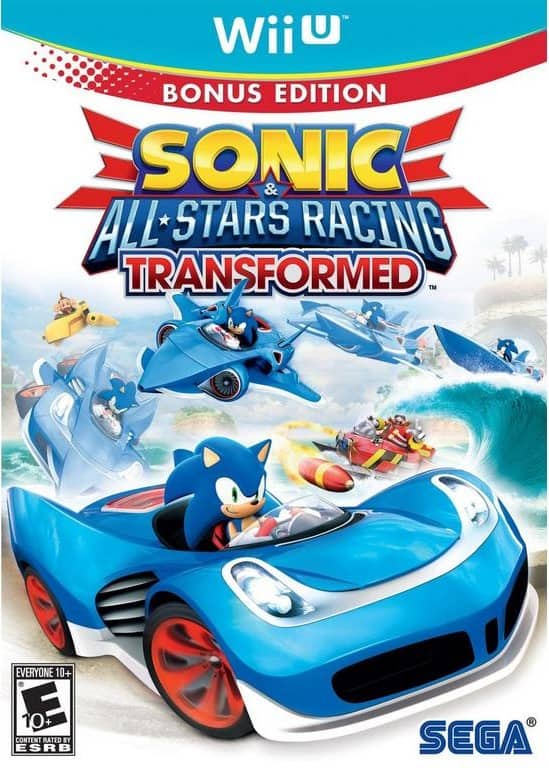
Prior to the release of Mario Kart 8 on the Wii U, Sonic & All-Stars Racing Transformed was perhaps the best racing game on the platform. Featuring even more characters and locations from classic Sega games, it is the definitive kart racing game featuring Sonic. New to the gameplay is the ability for each racer’s kart to transform as the terrain of levels changes.
Sonic Lost World (2013)
- Released for Nintendo 3DS, PC, and Wii U
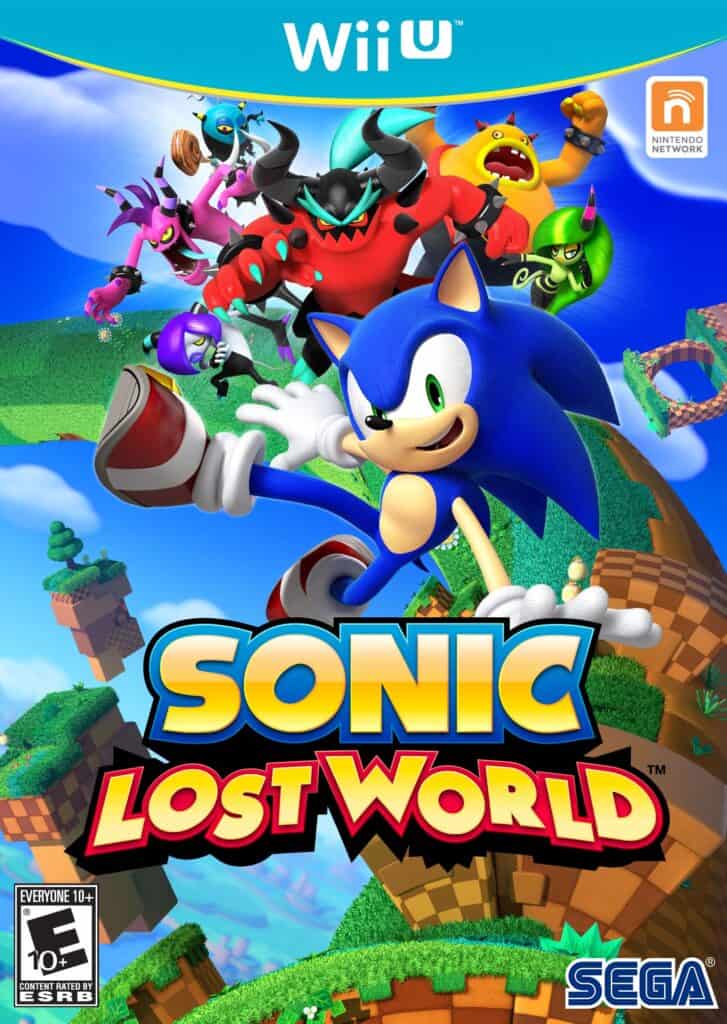
Lost World features a wholly unexpected team-up between Sonic, Tails, and Dr. Robotnik. In order to stop the Deadly Six, the “Blue Blur” must team up with “Eggman” to prevent the Six from destorying the game’s world, the Lost Hex. The title introduces several new gameplay elements for the series, including the ability to control Sonic’s speed and use parkour. Unfortunately, response to these additions is mixed, with many criticizing the game for its controls and movement.
Sonic Boom: Rise of Lyric (2014)
- Released for Wii U
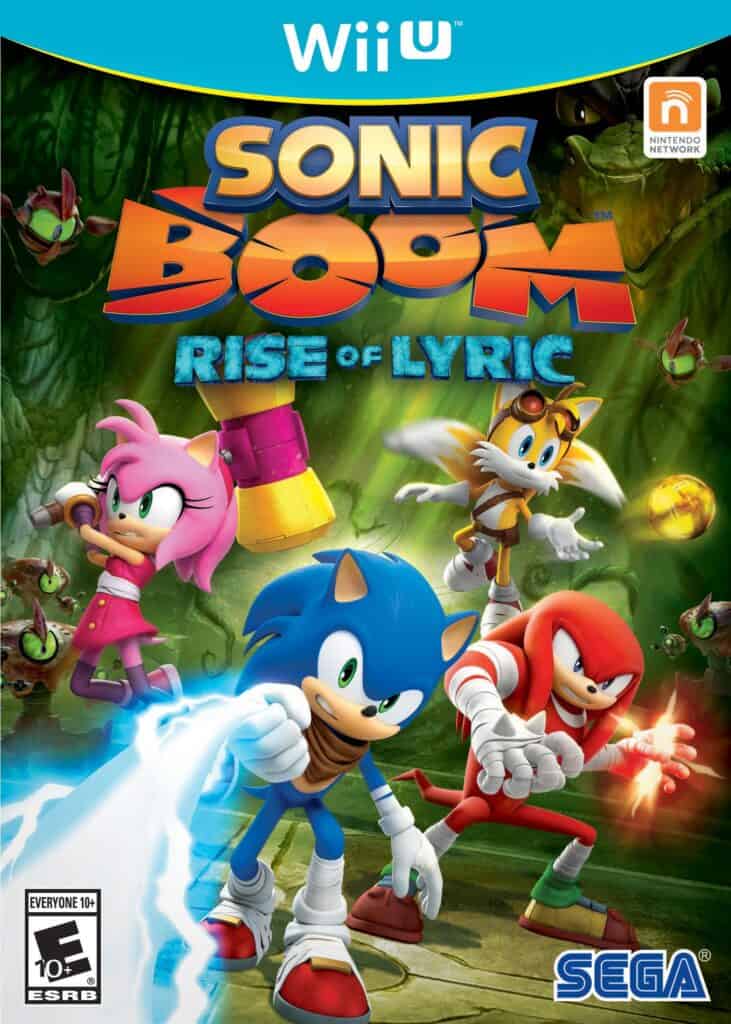
Subject to a troubled development rife with technical issues, Rise of Lyric is one of two games based on the Sonic Boom animated series. The title notably moves away from the return to form of its immediate predecessors in favor of more action-oriented gameplay. It currently stands as one of the worst-rated games in the entire series and is a commercial failure.
Sonic Boom: Shattered Crystal (2014)
- Released for Nintendo 3DS
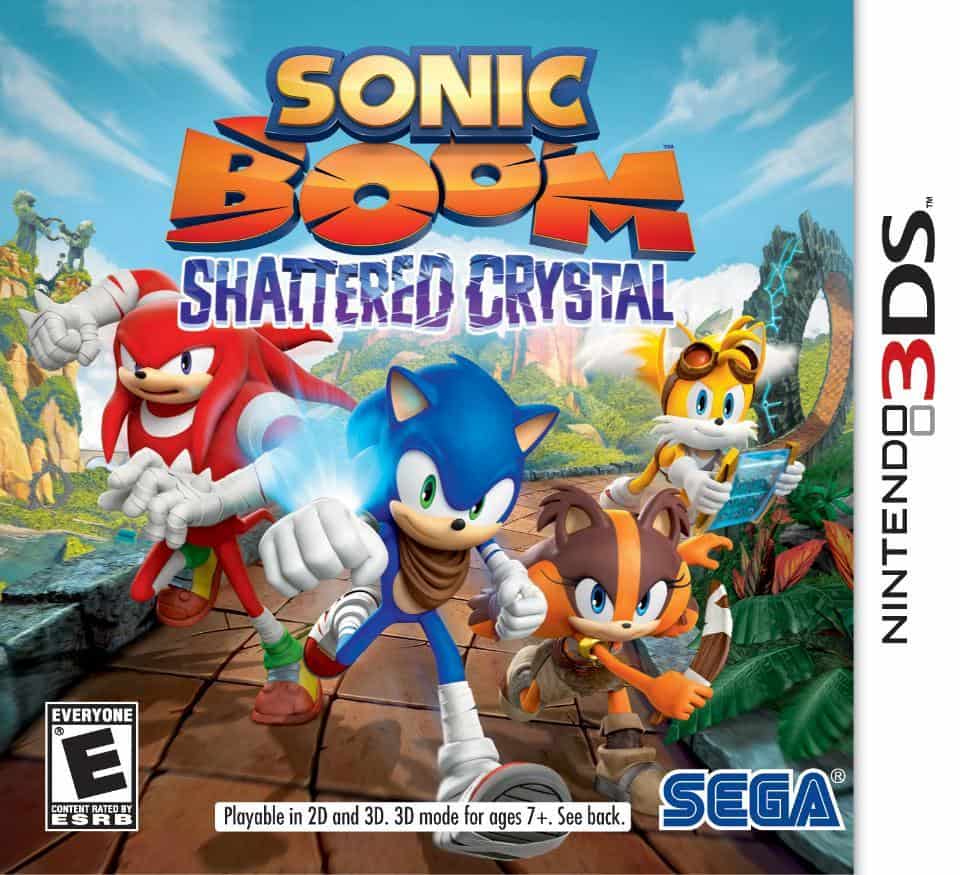
Shattered Crystal is the 3DS-exclusive Sonic Boom title and the last game made as part of an agreement between Sega and Nintendo. Much like Rise of Lyric, the title holds a negative critical reception but is a slight improvement over that game thanks to its focus on side-scrolling levels. Also like Rise of Lyric, the title is a massive commercial disappointment for Sega and partially responsible for the reworking of the Sonic IP.
Sonic Mania (2017)
- Released for Nintendo Switch, PC, PlayStation 4, and Xbox One
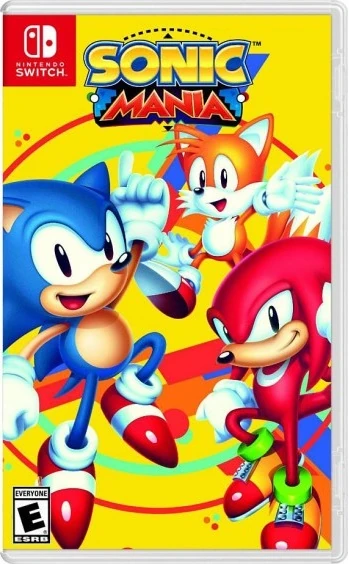
After several series games with mixed reception and middling sales, Sega made the bold choice to reach out to an unlikely source for the next entry in its flagship franchise. Contacting a notable Sonic fan-game and ROM-hack developer to make a mobile game for the series, the initial prototypes proved so impressive that Sega commissioned a full-release game. Arriving in 2017, Sonic Mania quickly became the highest-rated series game in nearly a decade. Additionally, the title is a massive commercial success, selling well over a million units in a relatively short amount of time.
Sonic Frontiers (2022)
- Released for Nintendo Switch, PC, PS4/PS5, and Xbox One/Series X/S
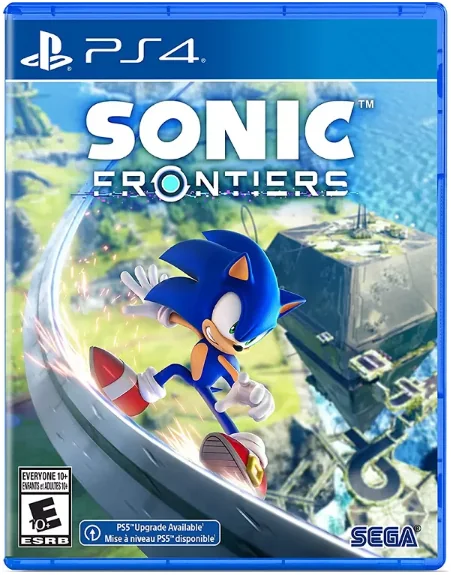
After the shot-in-the-arm of Sonic Mania, the core team at Sega began work on the next full-3D series entry. The title’s initial reveal drew plenty of comparisons to Nintendo’s work on The Legend of Zelda: Breath of the Wild, causing many to speculate what type of game the new series entry would be. Like many other 3D series entries, Sonic Frontiers is a mix of 3D exploration and more classic, horizontal side-scrolling stages. However, where Frontiers separates itself is in its use of a fully-open world. Thankfully, Frontiers continues to fare much better than other 3D series titles. Both critically and commercially, Sonic Frontiers is a success, with nearly 3.3 million units sold.
